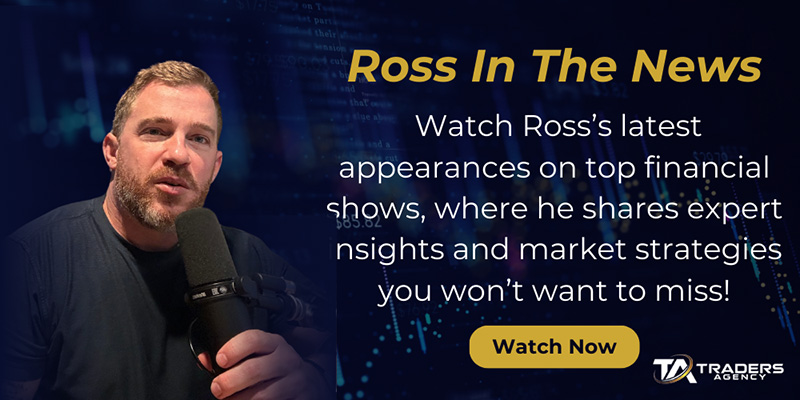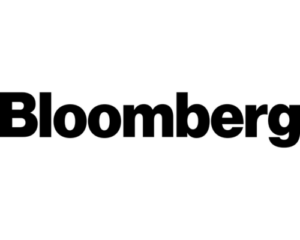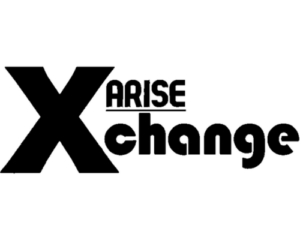If you’ve been following Stock Surge Daily for a while, you know that price to earnings (PE) ratios are useless to me.
The price to earnings ratio is a leftover remnant from a simpler time when investing in stocks was easy…
When buying blue-chip stocks at discount prices was an actual investment strategy…
Obviously, this is not the case today.
In fact, many of the best-performing stocks of the last decade have traded at earnings multiples of 100 or more.
But the PE ratio can still be a useful tool.
It won’t help you make better buying decisions…
But it will help you know when to sell.
Using the PE Ratio the Right Way
As you know by now, stocks go through cycles.
We want to own them during the accumulation phase – when price is climbing and demand is high.
If you study the moves of super high-performance stocks over the last decade, you’ll find that during a significant rise, most of them see a PE expansion of two to three times.
In other words, a stock’s PE ratio will double or triple before the upward price move comes to an end.
Take Apple Inc. (AAPL), for example.
Owning AAPL stock from 2019 to mid-2020 allowed investors to triple their money in just 18 months.
During that time, the company’s PE ratio tripled from 12 to 36.
If it weren’t for the COVID selloff, Apple stock would have essentially gone straight up.
Once the PE ratio tripled, however, volatility increased.
The fundamentals needed time to catch up to the stock price.
The easy money period was over, and institutions began taking profits.
Sometimes, this can happen even more quickly.
Warning Signs
This was the case with Netflix, Inc. (NFLX), as you can see below.
NFLX stock more than doubled in just six months.
Over the same period, the PE ratio nearly tripled – a warning to begin taking profits.
The bullish run had come to an end. Volatility increased, and price fell by almost 40%.
Etsy, Inc. (ETSY) followed a similar trajectory…
Shares climbed 141% in less than a year. Greedy investors kept holding.
But those who noticed the soaring PE ratio knew it was time to exit and avoided the eventual collapse.
It is important to note that there is no set amount of time to hold a stock.
Apple ran higher for 18 months before seeing its PE ratio triple. Netflix did it in six months.
But AutoZone, Inc. (AZO) climbed for six years before even seeing the metric double.
The PE ratio never triggered a sell signal, giving investors a free ride to a 627% gain.
Does the price to earnings ratio give a perfect sell signal at the absolute high?
Of course not. Nothing does.
But it is a great tool to help you judge when a move may be coming to an end.
It doesn’t matter if the stock has been climbing for six months or six years…
If the PE ratio is two to three times higher than it was at the start, you would be wise to start locking in your gains.
Embrace the surge,
Ross Givens
Editor, Stock Surge Daily








